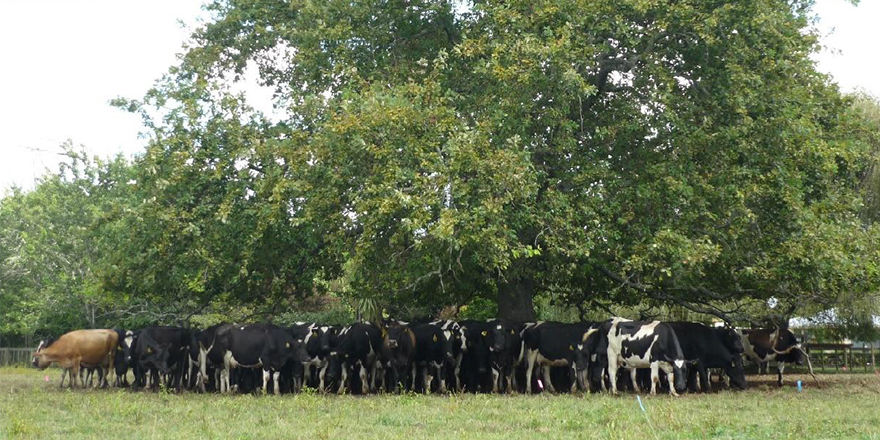
Executive summary
Background: Thanks to our climate, location and innovate farming practices NZ primary producers have become very successful through being highly efficient at producing high quality and trusted foods.
Crop protection products have contributed to the success of New Zealand farmers and growers for many years. Whilst this is likely to continue for the foreseeable future, the rate that plants, insects and diseases are developing resistance to these tools is growing and likely to increasingly cost our industry and country into the future.
This report focuses on herbicide resistance and compares our situation in New Zealand to other OECD countries we often compare ourselves with. This report highlights current knowledge and/or awareness gaps, shares information we might use to influence decision making and propose ideas that we might adopt to tackle this issue.
This report answers two questions;
- Could herbicide resistance reduce the growth potential of NZ’s primary industries?
- How might NZ mitigate the affects of herbicide resistance to our primary sectors?
Key Findings: Herbicide Resistance is a significant and growing threat to global food production (CropLife Australia). In NZ, the incidence of herbicide resistance has risen significantly over the last two decades (NZ Plant Protection Society). In one recent arable sector survey, completed in the canterbury region, it was reported that 48% of farms tested had some form of herbicide resistance (Buddenhagen 2021).
An overseas example from the UK shows one weed (Black Grass) is costing the UK economy nearly £400 million and 800,000 tonnes of lost harvest yield each year, with potential implications for national food security. The worst-case scenario – where all fields have a high proportion of resistant black-grass – could result in an annual cost of £1 billion, with a wheat yield loss of 3.4 million tonnes per year (Rothamsted 2019).
The majority of herbicide resistance cases have arisen during a time where only one new herbicide mode of action has been introduced, in the last 30 years (Blois 2022). When considering this trend, along with the industries need to replace “old chemistry” products and as certain ingredients become restricted, prohibited or ineffective (APHANZ 2021), it’s clear we need to be doing more to manage this issue to be able to farm effectively into the future.
Recommendations: More detail is discussed in the recommendations section of this report. For this section I have kept this brief and grouped into six key areas;
1, Strategy – Whilst we support those currently managing herbicide resistance issues and those working in this area, we also should develop cohesive strategies. The plural is important, as in conjunction with a national strategy, this should be supported by regional and sector strategies to maximize results.
2, Awareness – To succeed, we will need to lift the level of importance of this issue, such that it receives more ‘band width’ and focus with in each of our farming sectors and on farm. Respected farming leaders could help champion this (similar to rural mental health).
3, Collaborate – We must act together in a structured way. For this to be most effective, we should consider how we can best engage national and regional government, science, sector bodies, rural professionals and applicators, but with farmers and their advisors in mind so that practices are practical.
4, Educate – Our sector is well resourced with experienced people in the following areas; science, extension and industry. With a staged and cohesive approach, we can improve knowledge levels on how to improve outcomes into the future. We are fortunate to have much science to refer to in this area.
5, Support – With the development of national, regional and sector plans, farmers will need support to help them implement these locally. Local groups should be developed and supported so that practices and strategies can be implemented. This will of course need national and local funding to succeed, this should be a mix of government (national and regional), sector and industry.
6, Act – With the benefit of clear, national, regional and sector plans we must implement change, utilizing new, existing and local best management practices to reduce the growth in future incidences of herbicide resistance to improve outcomes for our industry and farmers. This could start with reviewing the NZ Herbicide Resistance Task Force, which is a group of NZ Plant Protection Society members who are actively involved with researching herbicide resistance within New Zealand, to decide if this is fit for purpose and whether further support and investment is needed.



